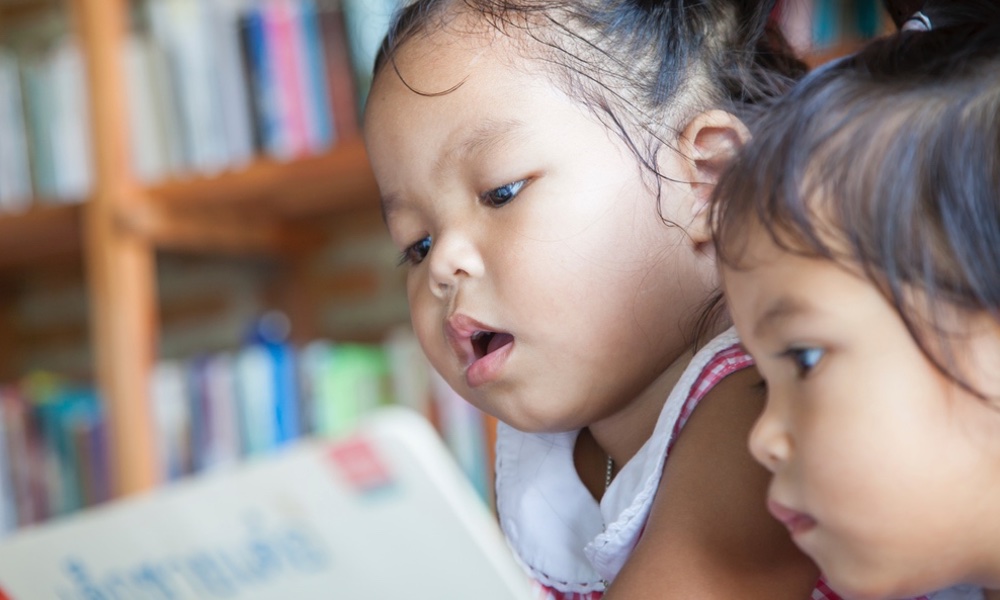A picture may be worth a thousand words, but that can be a problem when a child is trying to learn how to read. That’s what researchers at Carnegie Mellon University found when they tested how well first- and second-graders who were learning to read were able to understand the same content on pages with lots of images and pages with the same words, but much simpler visuals.
“Learning to read is hard work for many kids,” Anna Fisher, the senior author, said in a statement. And though beautiful illustrations are a plus when children are being read to, when kids are doing the reading themselves, illustrations can make it a little harder to focus on the job of decoding words and following the story.
Books for beginning readers are often full of engaging and colorful illustrations. They attract the eye. But Fisher and first author Cassondra Eng, and Karrie Godwin of the University of Maryland Baltimore County, wondered if the distraction of extraneous images might not make it harder for beginning readers to understand the story.The simpler images were particularly helpful for children who were more likely to be distracted and look away from the text.
Each child read from the same book. As children read the book, the number of times a child's gaze shifted away from the text to images on the page was monitored using a portable eye-tracker. The researchers found that the gazes of nearly all children reading the streamlined version shifted away from the text less often than they did when reading the text in the commercially designed version of the book, even though the time each child spent on both kinds of pages was about the same. Kids’ reading comprehension scores were also better for the streamlined version.
The simpler images were particularly helpful for children who were more likely to become distracted and look away from the text.
“During these primary school years, children are in a transition period in which they are increasingly expected to read independently, but even more so in the wake of stay-at-home orders as children are using technology with less in-person guidance from teachers,” said Eng, a doctoral candidate. “This is exciting because we can design materials grounded in learning theories that can be most helpful to children and enrich their experiences with technology.”
By simply limiting extraneous illustrations, children can have an easier time focusing and better reading comprehension as a result. “This is not a silver bullet and will not solve all challenges in learning to read,” said Fisher. “But if we can take steps to make practicing reading a little bit easier and reduce some of the barriers, we [can help children] engage with the printed material and derive enjoyment from this activity.”





